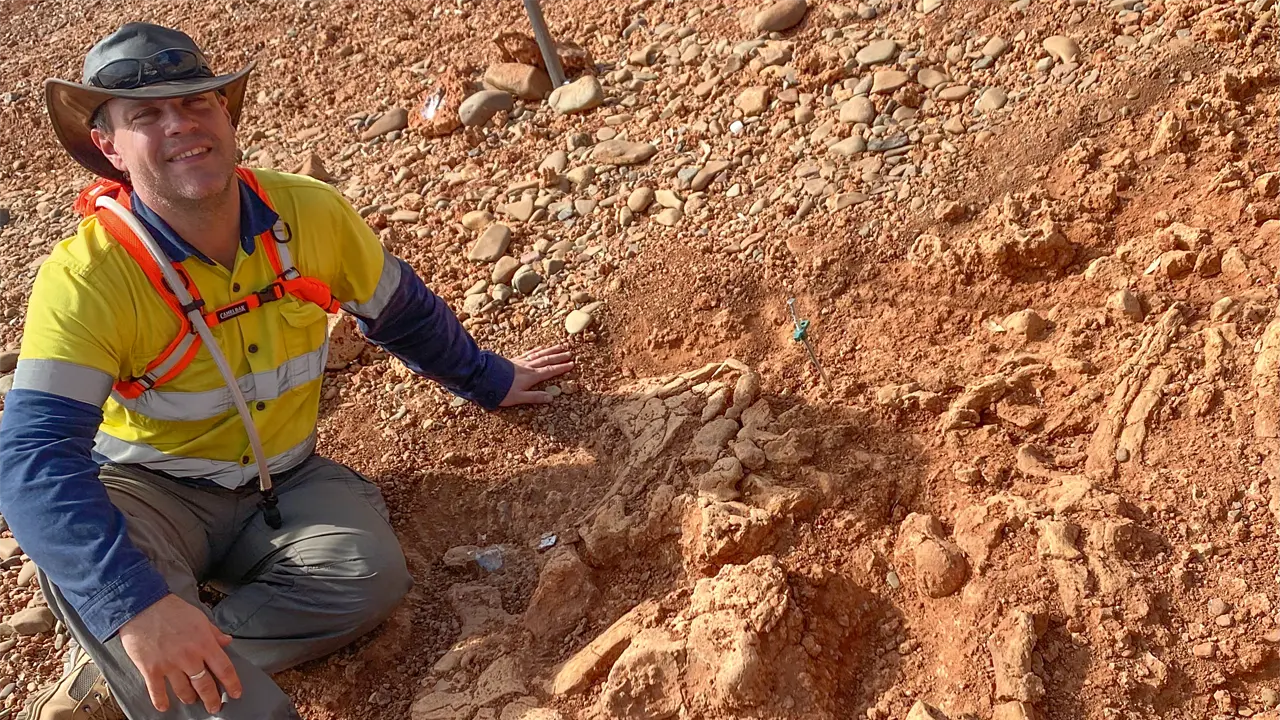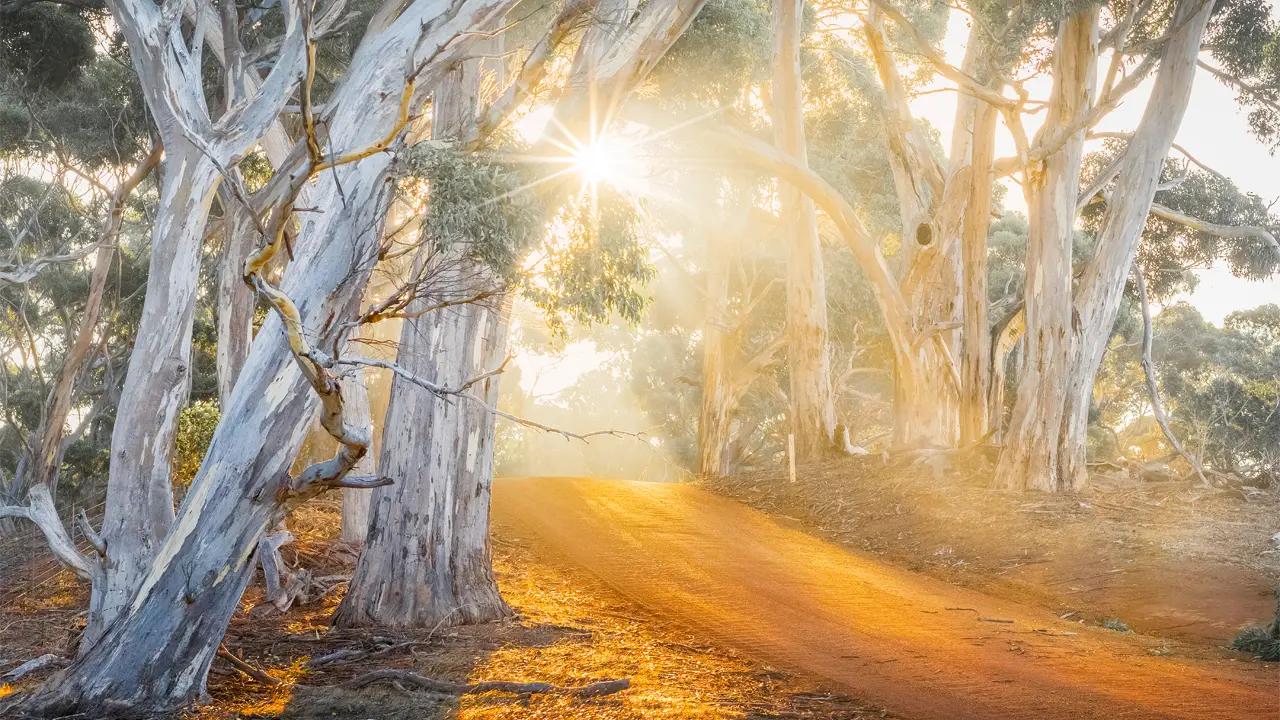Photographer Fiona Lake has come a long way since she was selling prints for $1 out of the boot of her car at B&S balls in the early 1980s. She has written and photographed numerous OUTBACK Station stories since 2000, and held several exhibitions between Melbourne and Cairns, opened by people including Michael Jeffrey, Peter Holmes à Court and Ted Egan. In 2005 and 2009 she published coffee-table books A Million Acre Masterpiece and Life as an Australian Horseman, respectively.
Containing nearly 500 of Fiona’s best cattle-station images dating back to 1984, these unique books have become bestsellers, ending up all over the world and in every corner of Australia. Fiona also produces and sells cards and framed photographs.
Fiona’s lifelong passion for photographing Australia’s largest cattle stations began in 1984 when she began work as station bookkeeper on Wrotham Park, in north Queensland. “I grew up on a wheat/sheep farm in New South Wales, beside the Murray River,” she says. “I hoped Wrotham Park would be adventurously different but
I probably expected many similarities. How wrong I was. It was like another world, and I absolutely loved it and still can’t believe my good fortune. At that time there was no television and only very poor radio reception, no phone lines and mail delivered only once a week by air, with newspapers that were already a day old.”
Wrotham Park ran more than 40,000 cattle on just under 10,000 square kilometres, with several dozen staff and family members living at the main station complex and the three outstations. “It was like living on an island, especially when wet season rain cut the roads,” she says. “I loved the isolation, the natural state of the environment, the massive rivers, the dramatic tropical weather and being surrounded by working horses,” she says. She was amazed she’d had no inkling that this culture existed within Australia. “So I set about doing my bit to bring good quality images and information to others, and to encourage more people to head bush,” she says. “And I’ve been doing it ever since.
“Life on these big stations is the most fabulously interesting aspect of our culture,” she says. “It’s the bush that makes Australia unique, not our cities. We all need reminding to value and celebrate it.”
This story excerpt is from Issue #77
Outback Magazine: June/July 2011









